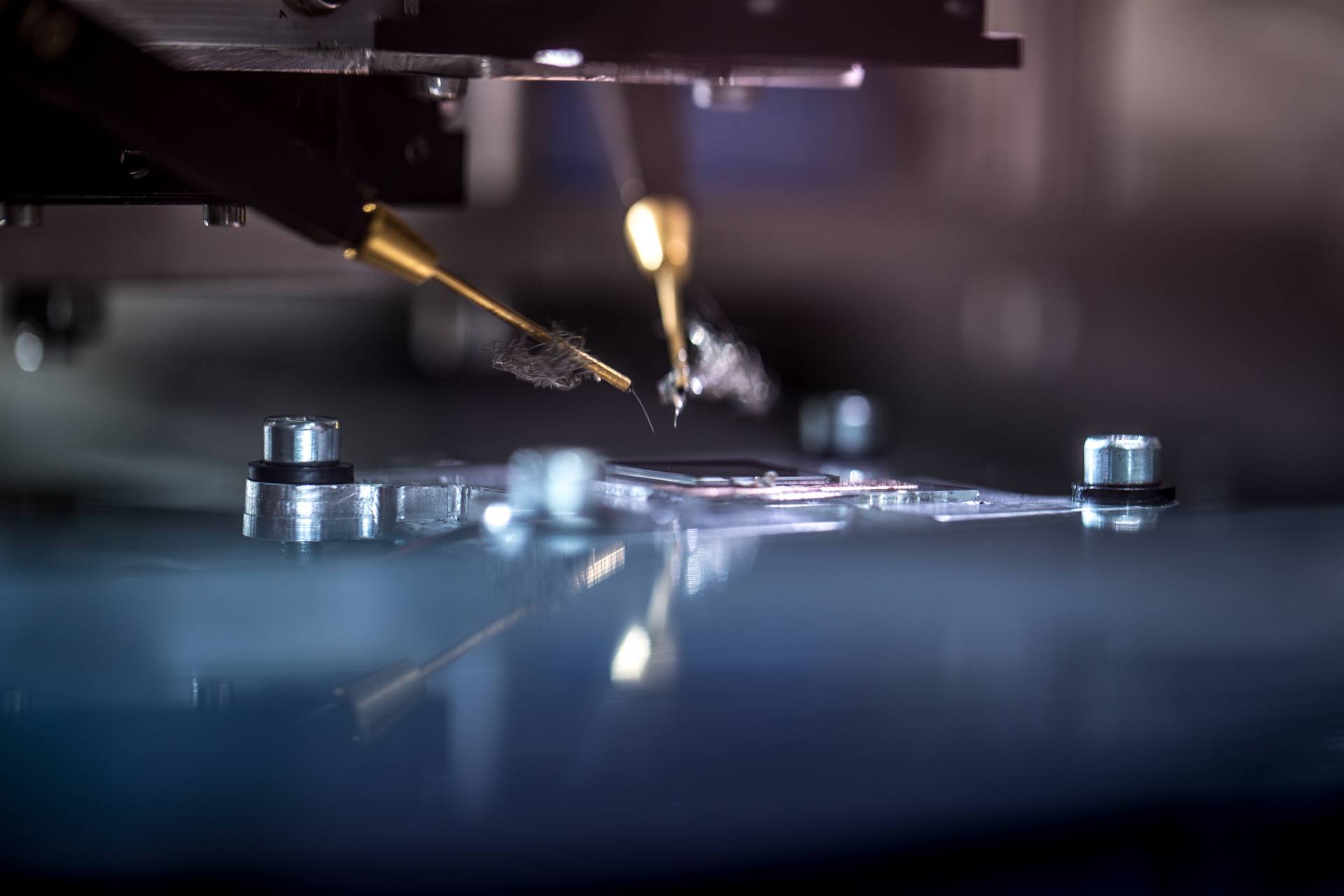Liander heats monumental buildings with hydrogen via the gas network
In the Gelderland municipality of Lochem, grid operator Liander is conducting a trial in which twelve monumental houses are heated for three years by using hydrogen. A globally unique project - called H2L - in which the existing gas network is used for the distribution of hydrogen. FHI spoke with Arno Tuinman, responsible for metering at Liander, and Astrid van Sprang, energy consultant at Qirion.
By: Dimitri Reijerman
It unique project started three years ago, Van Sprang says: “In November 2022 we switched from natural gas to hydrogen. The district in question in Lochem had been in discussions with Lochem Energie for some time to see what options there were for sustainability. Hydrogen emerged as one of the sustainable options. In parallel, at Liander we started looking for applications for hydrogen, because this energy carrier could help with the bottlenecks in the energy transition. Moreover, we already have gas pipes in the ground, couldn't we reuse them? This is how this project was born to show that it is possible with hydrogen.”
Liander is therefore particularly interested in whether hydrogen is a sustainable alternative to natural gas, because it does not seem feasible to heat all homes in the Netherlands electrically (heat pump) or via a heat network, says the energy consultant: “If you want to heat houses electrically , then you are dealing with low-temperature systems in homes. When using hydrogen you maintain a high-temperature system. This is ideal for older homes. For example, it is not necessary to adjust the heating system in a home, except for the boiler. In addition, the pilot homes in Lochem had the necessary restrictions on what renovations could be done, due to the protected city view. For example, installing a heat pump unit at the front is not permitted for everyone.”
Tuinman mentions another advantage of using hydrogen: “Another advantage is that the investment for the customer is much lower. Network operators can reuse the existing gas pipelines and less reinforcement is required in the electricity network. In addition, pipes that have not been used for a long period of time must be removed according to the rules, something that can result in a lot of social costs.”
Although the H2L project was complex, it was still manageable, says Van Sprang: “Just before the switch from natural gas to hydrogen in November 2022, many aspects had to be looked at. Do all components comply? But also: how do you integrate this hydrogen system into the training for technicians? Moreover, you are dealing with a different medium, which means different risks and associated procedures. In the end, the transition went almost smoothly.”
The H2L project is not yet completely green, says the energy consultant: “The twelve buildings are currently still burning gray hydrogen. We have a pilot project in Oosterwolde with which we make green hydrogen with an electrolyser, based on electricity from a solar park. But that is still insufficient to power this project with exclusively green hydrogen. The project will run for three years with an option to extend for another two years. We will only do this extension if it can be taken over by another party, provided this is financially attractive.”
Another challenge for the grid operator is metering, says Tuinman: “With a hydrogen meter, the development of the meter itself is quite difficult. Suppliers are very used to producing in bulk, so you initially saw a hesitant market to develop a hydrogen meter. Another challenge is legislation and regulations. There is a classic chicken/egg problem there. No standards have yet been developed, while for admission to the market you preferably need a traceable standard. Moreover, there is still little demand for hydrogen meters. A standards institute, in turn, states that setting up a traceable measurement chain costs a lot of money if demand is too low.”
Still, it turned out fine: “We eventually found a test installation in the United Kingdom at TÜV Süd where they can determine the accuracy of a hydrogen meter with a measurement inaccuracy of 0.3 percent. In the Netherlands, VSL could receive an assignment from the government to develop a traceable standard and receive a budget for it. For this project we ultimately opted for Flonidan meters. This company also looked for test locations to see how such a meter works in practice. Moreover, this meter matched the communication protocol in our meter chain and could be managed remotely.”
Based on this test, it is not yet clear what role hydrogen will play in the future in heating buildings via the natural gas network. That could only become a reality after 2030 at the earliest. Yet both Tuinman and Van Sprang are optimistic about this project. “Hydrogen can certainly be an alternative and the metering can be carried out for the end customer in the same way as we now do with natural gas,” says Tuinman. “The project has been successful so far, because the chain works almost flawlessly. When asked if you would like more? A lot still needs to change if we want to use hydrogen in more places. Firstly, legislation and regulations that need to be adjusted and it must become more financially interesting for households," Van Sprang concludes.
Related companies
